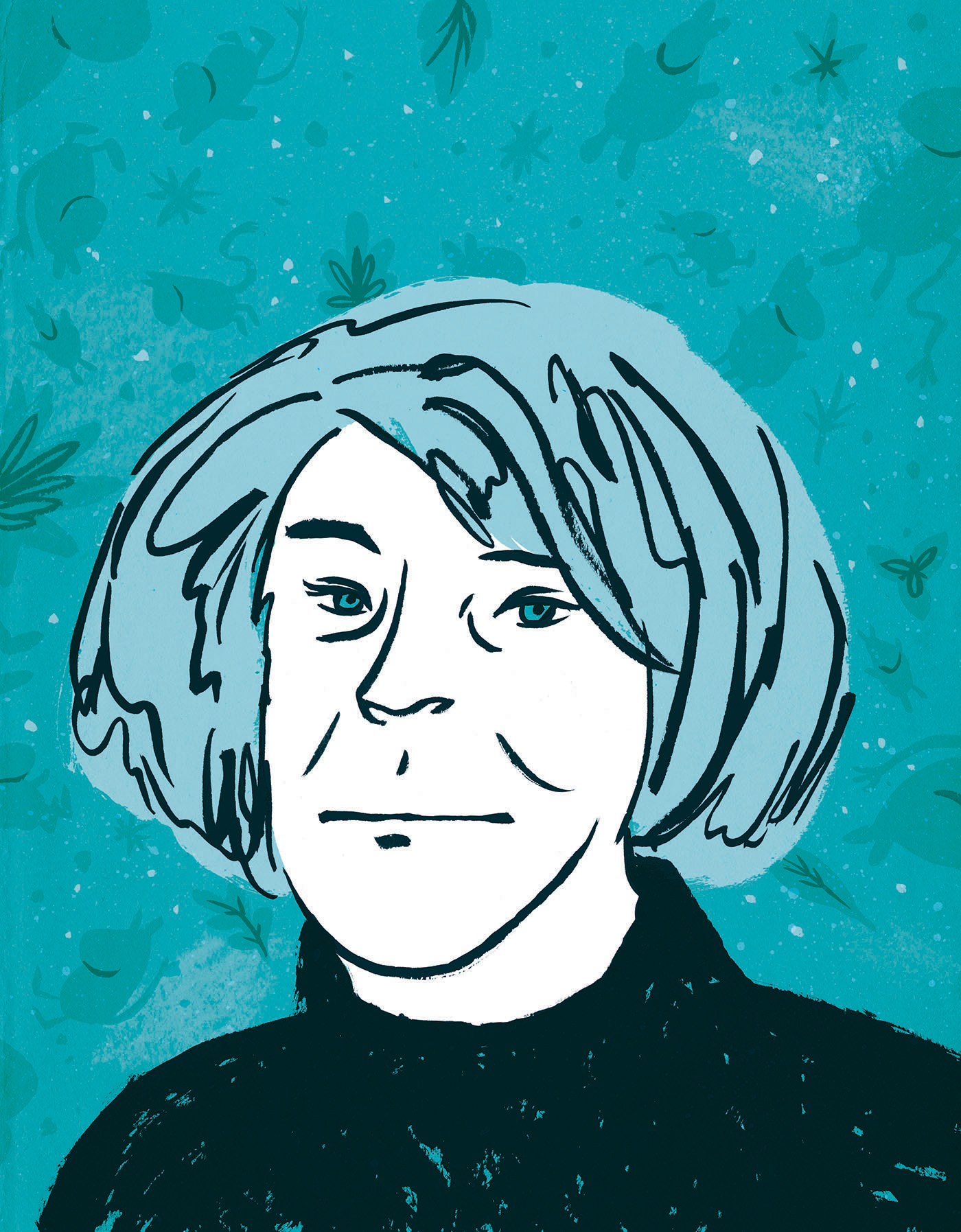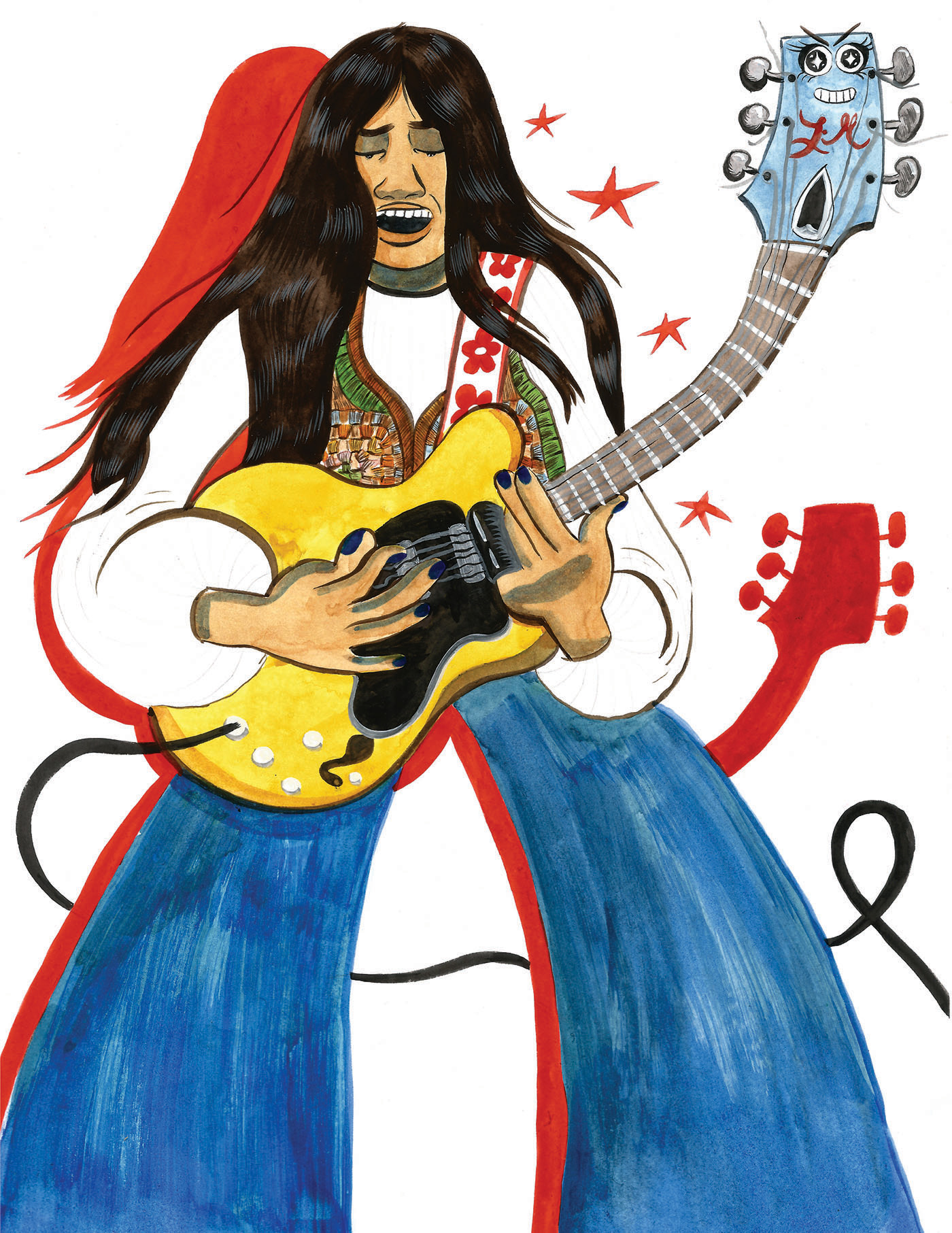
Tove Jansson
Artwork By:
Daniel Gray-Barnett
Words By:
Anna Walker
Scroll Down


About

It’s a crisp winter evening and the creator of the Moomins, Tove Jansson, is coyly sipping wine in the warmth of the 1955 Artist’s Guild Christmas party. From across the dancefloor, she’s trying to catch the eye of the artist Tuulikki Pietilä. When she can’t meet her gaze, she strides determinedly across the room and asks her to dance.
Homosexuality was illegal in Finland until 1971, and Tuulikki was too afraid of a public scandal to accept Tove’s invitation. But she did like her. The pair spent the rest of the evening laughing by the gramophone, staring down anybody who tried to change the music. The relationship lasted for the rest of their lives.
Tove first dreamed up the soft, plump noses and jellybean bellies of her Moomintrolls— the humble hippo-like adventurers of her enduringly popular children’s stories—during a childhood fight with her brother. He had smirked at her reverence for the philosopher Immanuel Kant and in her fury, she’d stormed outside to scrawl the ugliest creature she could imagine on the wall.
Moomins are chiefly considered a quaint, domestic creation. But from their inception, they’ve always been political. When Tove satirised Hitler for the cover of the anti-fascist magazine, Garm, in 1938, it was with a tiny Moomin that she signed her name. In her writing, Moonminvalley is pointedly a place for outsiders—a community where difference is celebrated, and no sin is so great as a refusal to empathise.
The writer and artist also dated men and was for a time engaged to the journalist Atos Wirtanen, but declared that she had gone “over to the spook side” after meeting theatre director Vivica Bander in 1946. Though she couldn’t openly declare her queerness in her published work, she was unabashedly open amongst friends, writing to one to declare: “I’ve fallen madly in love with a woman. And it seems to me so absolutely natural… there’s nothing problematic about it at all. I just feel proud and uncontrollably glad.”
Tove’s writing has now been translated into 45 languages—one for each of the years she lived with Tuulikki—making her the most widely translated author in all of Finnish literature.







